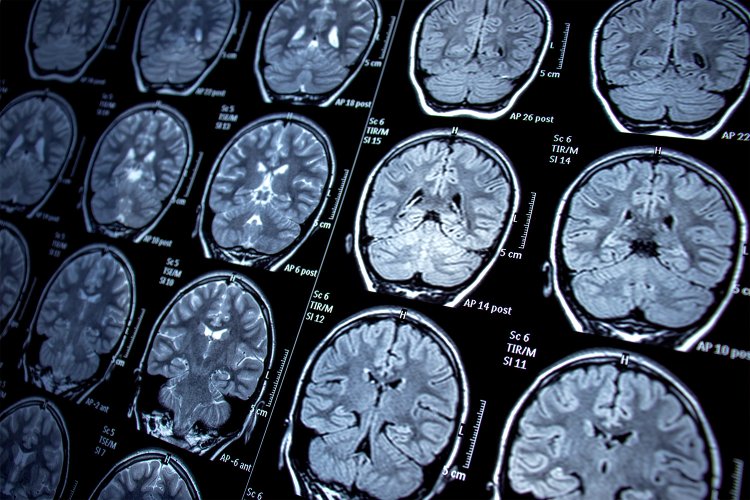Researchers identify potential treatment target for genetic type of epilepsy

London, UK: A team of researchers discovered a possible target for treating a hereditary form of epilepsy. The findings of the study published in Nature Communications, Francis Crick Institute, UCL and MSD researchers examined mice that lacked the Cdkl5 gene and used a technique called phosphoproteomics to scan for proteins that are a target for the CDKL5 enzyme.
Rare forms of epilepsy that begin in early childhood are called developmental and epileptic encephalopathies. Seizures and delayed development are symptoms of CDKL5 deficient disorder (CDD), one of the most prevalent forms of hereditary epilepsy. Since there are presently no treatments that target the condition, children with this disorder are treated with generic antiepileptic drugs.
The loss of function in CDD is related to a gene that produces the CDKL5 enzyme, which phosphorylates proteins--that is, adds an extra phosphate molecule to the protein to change its activity. The exact mechanism by which genetic changes in CDKL5 lead to CDD remains unknown to researchers.
They identified a calcium channel, Cav2.3, as a target. Cav2.3 allows calcium to enter nerve cells, exciting the cell and allowing it to pass on electrical signals. This is needed for the nervous system to function properly, but too much calcium coming into cells can result in overexcitability and seizures.
The researchers then recorded from the calcium channels to see what was happening when they were not being phosphorylated by CDKL5. The channels were able to open but were taking a lot longer to close, leading to larger and more prolonged currents flowing through them. This implies that CDKL5 is needed to limit calcium entry into cells.
The researchers also used nerve cells derived from stem cells taken from people with CDD, again observing that phosphorylation of Cav2.3 was reduced. This suggests that Cav2.3 function is potentially altered in humans as well as mice.
Mutations in Cav2.3 that enhance channel activity are already known to cause severe early-onset epilepsy in a related condition called DEE69, which shares a lot of the same symptoms of CDD. These results suggest that Cav2.3 overactivity is a common feature of both disorders and that inhibiting Cav2.3 could help with symptoms like seizures.
Sila Ultanir, Senior Group Leader of the Kinases and Brain Development Laboratory at the Crick, said: "At the moment, there's a clear need for drugs that specifically target the biological nature of CDD. We've made a molecular link between CDKL5 and Cav2.3, mutations that produce similar disorders. Inhibiting Cav2.3 could be a route for trials of future targeted treatments."
Marisol Sampedro-Castaneda, postdoctoral researcher at the Crick, and first author, said: "Our research highlights for the first time a CDKL5 target with a link to neuronal excitability. There's scattered evidence that this calcium channel could be involved in other types of epilepsy too, so we believe that Cav2.3 inhibitors could eventually be tested more widely.
"Our findings have implications for a large group of people, from the families affected by these conditions to researchers working in the rare epilepsy field."
Jill Richardson, Executive Director and Head of Neuroscience Biology at MSD, said: "MSD is proud of this innovative research resulting from a collaboration with researchers at the Crick and UCL. We have collectively furthered our scientific understanding of the biological targets associated with the aetiologies of Developmental Epileptic Encephalopathies - an understanding we hope will contribute toward scientific progress in this important area of high, unmet medical need."















































